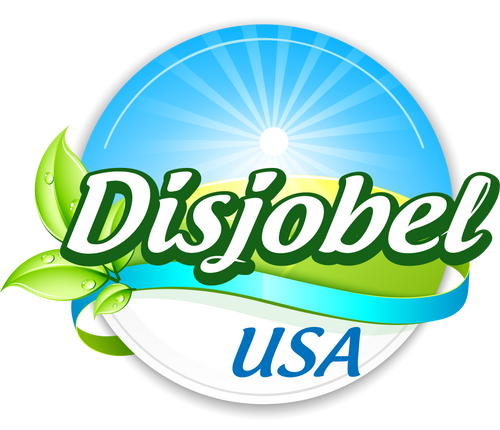One of the keys to success in the pastry industry, perhaps the most important, is producing high-quality products. To achieve this, it is essential to master preparation methods, specifically mixing methods.
Knowing how to mix two or more ingredients correctly facilitates the pastry chef's work and helps achieve the desired texture and flavor for the final product.
For this reason, we will review some of the most used mixing methods in the confectionery industry. We will explain the results achieved with each one and how to execute them.
Know 4 Basic Mixing Methods in the Pastry Industry
We give you a list of the best preparation techniques:
1. Direct Method
It consists of incorporating both liquid ingredients (milk, eggs, oil, margarine or melted butter, water, etc.) and dry ingredients (such as flour, cocoa powder, baking powder, sugar, salt, etc.) simultaneously in a bowl.
This is one of the easiest methods to execute:
- First, you should mix on low speed to prevent the ingredients from splashing.
- Then, you increase the speed, stopping now and then to scrape the bottom of the bowl to make sure everything is well incorporated.
It is usual to use this technique directly with a stand mixer. However, you can also do it with a hand or balloon whisk. However, it will require a little more work.
2. Multi-stage Method, One of the Essential Mixing Methods
Dividing the process into stages helps to incorporate more air into the mixture. As a result, this will result in lighter and fluffier doughs. Similarly, this method can produce more elastic doughs if the ingredients contain gluten.
The execution of multi-stage mixing methods is simple. Initially, integrate the dry ingredients in one bowl while mixing the wet ingredients in another. Then, combine both mixtures gradually until you achieve a homogeneous, lump-free mass.
This procedure, widely used in bakery goods manufacturing, can be executed using stand mixers, hand mixers, or balloon whisks.
3. Creaming Method
This is one of the methods that improves the aeration of the batter. It is ideal to generate doughs of greater volume or unctuous fillings.
The first step involves homogenizing the margarine or butter with the sugar until you achieve a creamy consistency. You can also use the paddle of a stand mixer for 5–7 minutes at medium speed. This way, you will know the mixture is ready when it turns almost white and has increased in volume.
Then, add the eggs one at a time, at room temperature, and continue creaming for 5 more minutes to avoid cutting the mixture. When the emulsion is ready, add the dry ingredients with gentle wrapping movements until you achieve a uniform texture.
4. Whipping Method
If you want to make a buttercream or meringue for your recipes of pie, whipping is one of the mixing methods you must master. Mixing eggs and sugar until reaching the ribbon (or letter) stage, incorporating air without baking powder.
Next, incorporate the sifted dry ingredients in two or three rounds, using gentle wrapping movements. This method prevents the formation of lumps while preserving the air bubbles created during the beating process.
We recommend making the first shake with a stand mixer; at least 10 minutes must pass before the ribbon point is reached. And for encircling movements, a spatula or balloon will suffice.
Now that you know these essential mixing methods for your pastry products, we invite you to put them into practice. You will see how you will achieve better-quality results by perfecting them and using high-quality raw materials, such as those you find at Disjobel.
Referencias Bibliográficas
Instituto Nacional de Aprendizaje. (s.f.). Recurso didáctico n.3: métodos básicos de elaboración en panadería y pastelería. https://www.ina-pidte.ac.cr/mod/book/view.php?id=71082&chapterid=2916
Luz Ángela. (2021, 12 de abril). Los cuatro métodos básicos de repostería. https://luzangela.es/2021/04/12/los-cuatro-metodos-basicos-de-reposteria/





















